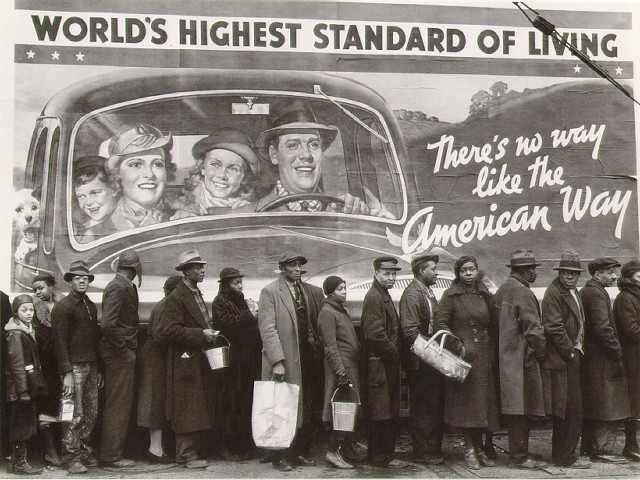Taxing the affluent

Significantly increasing the effective tax rate paid by billionaires is an economic and political no-brainer. This paper by Columbia tax law professor Alex Raskolnikov makes a strong case that effective tax rates on affluent Americans in general have gotten too low, and that the Democratic party has over the past generation has become too conservative and complacent about trying to raise them.
The basic assumption here is that funding existing social programs, expanding our ridiculously inadequate safety net, and pursuing other important progressive policy objectives, is going to require a good deal more tax revenue than the federal government is currently generating. This is clearly correct, but to find that money it’s necessary to go where the money is. And a lot of the money is located in social classes that don’t consider themselves to be at all rich — and of course are not rich at all when compared to the inhabitants of the plutocracy proper — but who have nevertheless done exceptionally well relative to the rest of the nation over the course of the post World War II era.
Raskolnikov uses the following cut points for his definition. These are based on 2022 tax returns, so they mostly capture household income, and can be adjusted mentally by about 10% to fit 2024 values, because of inflation and economic growth.
The Really Rich
The cut point/floor for this category is the highest 0.1% of AGI, which in 2022 was just about two million dollars per year. That these people are genuinely rich would be, I would hope, uncontroversial, even within a culture discourse in which the concept of “upper middle class” has achieved fantastic levels of flexibility.
The Sort of Rich
AGI between 99% and 99.9%. In 2022 this was between roughly $500,000 and two million dollars. This is the lower reaches of the infamous 1%, and already here you find resistance in some circles to raising taxes on people who aren’t “really” rich. (Do you know how much private school tuition in Manhattan is etc. etc.)
The Affluent
This is a group that per Raskolnikov’s analysis has done particularly well over the last couple of generations, both in terms of economic well-being and political influence and power — indeed better than the Sort of Rich, although not as well as the Really Rich. This group runs from the 90th to the 99th percentile of AGI, which is 2022 dollars is about $150,000 to $500,000. And this is where there’s so much controversy, even in Democratic party circles, about raising taxes on most of these people, with many proposals excluding all or almost all of this group from tax hikes. The article makes a strong case that progressive policy goals require that a lot more tax revenue come from this group — after all, this is where a huge percentage of America’s wealth resides, and this group has done extremely well for itself in the postwar economy.
It’s a compelling argument, and it’s one that needs to be made more often, even though I acknowledge that a couple of generations of ferocious anti-tax rhetoric from the propagandists for the plutocracy, aka Republicans, plus a lot of reactionary centrists, continues to make this pragmatically difficult.


